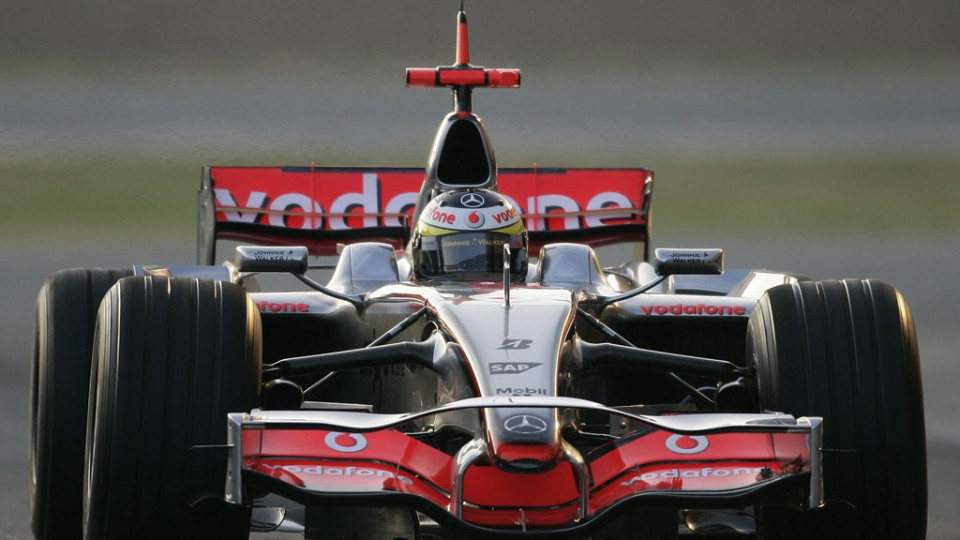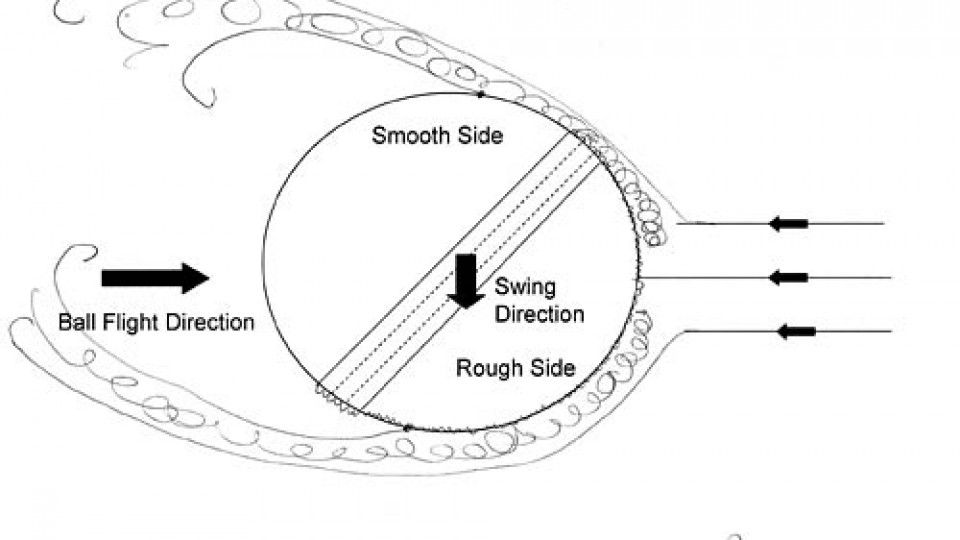Formula 1 racing has never been known for its green credentials – after all it’s all about making a lot of noise, going really, really fast and burning a lot of fossil fuel.
But that seems to be changing in 2014. The new engines must be at least 30% more efficient than before, are limited to 1.6 litre capacity (the same as a small car), and use a strictly limited amount of fuel per race. And to keep the spectators happy, the cars will still have to be just as fast, or faster.
So, how will this magic feat be achieved? It’s all about technology.
There is nothing new about turbochargers – many modern cars have them. They are a turbine that boosts the pressure of the air going into the engine cylinders, in essence forcing a higher amount of air/fuel mixture which gives a bigger bang and more power.
But at higher engine revs most of the hot exhaust gas bypasses the turbocharger and goes straight down the exhaust pipe. Hot, high velocity gas equals energy, and it’s this energy that has been wasted until now.
What the F1 engines are doing now is harvesting this wasted gas to power a generator. The electricity produced can then be used by an electric motor which can add up to an extra 120 kilowatts of power to the car for short periods.
The combination of regenerative braking and the new turbo-powered generator/motor means that the F1 engine can use a lot less fuel. If you are thinking ... Read More
Category: Brain food
11
Apr2014
Sight beyond sight.
Our colour vision stretches from the longer wavelengths we see as red to the shorter wavelengths we see as violet. But ultraviolet vision is fairly common among insects, fish, reptiles and birds, especially those with smaller eyes that filter out less UV light. Bees have excellent UV vision thanks to colour receptors optimised for detecting it, but at the cost of poorer vision at the red end of the spectrum. UV vision is used for different purposes by different species, from kestrels detecting the urine trails of prey to reindeer spotting polar bears. Reindeer were thought rare among mammals in having UV vision, but Ron Douglas of City University London reported this year that many mammals, including hedgehogs, cats, ferrets, seals, pigs and rabbits have lenses that let UV through.
A few people can see into the near-UV spectrum. What do they have that the rest of us don't? Well, actually, it's what they don't have. The receptors in our retinas can detect UV but wavelengths shorter than 400 nanometres are normally filtered out by the eye's lens. People who develop cataracts and have their lens replaced with a UV-transparent one sometimes start seeing UV as a bluish or purplish glow. The painter Monet may have started seeing UV after a cataract operation at age 82, influencing his famous series of water lily pictures.
From New Scientist
08
Mar2014
By: Warwick
If you pour a bucket of water into the sea at, say, Brighton on the English coast, how long will it be before the ocean rises at Sydney Heads?
And a second question - how long before some of the molecules in that bucket of water end up in the Sydney water?
04
Feb2014
As everyone knows, Pi is the ratio of the circumference of a circle to its diameter. That is, Pi = C / D or C= 2 x Pi x r. Pi is an irrational number - one that can never be expressed as a fraction and one whose pattern of digits never repeats. It is infinite and patternless. Many people believe that Pi = 22 / 7 but this is only a very rough approximation and only accurate to 2 decimal places. Even by 480 AD Pi had already been calculated by Zu Chongzhito to 7 decimal places, which is very impressive when you consider that there was not yet trigonometry, calculus or any concept of infinite series. Today, Pi is known accurately to over a trillion digits (using computers of course).
As everyone knows, [pmath size=14]pi[/pmath] is the ratio of the circumference of a circle (C) to its diameter (D)
[pmath size=14]pi = C/D[/pmath] or [pmath size=14]C = 2 pi r[/pmath] (where r is the radius)
[pmath size=14]pi[/pmath] is an irrational number - one that can never be expressed as a fraction and one whose pattern of digits never repeats. It is infinite and patternless
Many people believe that [pmath size=14]pi = 22/7[/pmath] but this is only a very rough approximation and only accurate to 2 decimal places.
Even by 480 AD [pmath size=14]pi[/pmath] had already been calculated by Zu Chongzhito to 7 decimal places, which is very impressive when you consider that there was not yet trigonometry, ... Read More
09
Jan2014
By Warwick:
Here are a couple interesting articles on the physics of bounce and swing bowling.
http://www.theaftermatter.com/2012/04/physics-of-cricket-what-is-swing.html
http://www.scienceinafrica.co.za/2002/december/bounce.htm




